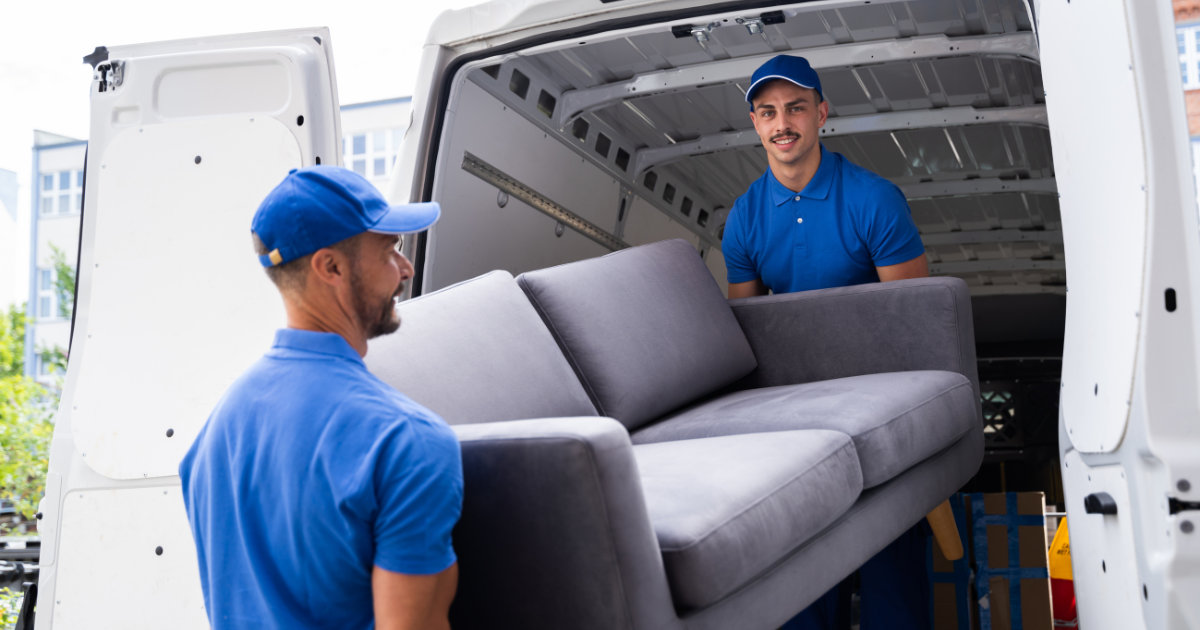Moving to a new home is an exciting new chapter in life, but can also be incredibly stressful and chaotic if not organized properly. With the right amount of planning and preparation though, your moving day can go smoothly and efficiently.
Here are 50 of the best packing and moving tips to get you ready for a stress-free move:
Pre-Move Preparations
- Start organizing, sorting, and packing as early as possible – at least 6-8 weeks before move day. This gives you ample time to pack methodically without rushing.
- Make a master moving checklist to keep yourself on track with tasks and deadlines. Include packing timelines for each room.
- Begin de-cluttering each room as you pack. Get rid of items you no longer need or want through selling, donating, or recycling.
- Gather quality packing supplies – boxes, bubble wrap, tissue, labels, permanent markers, packaging tape, scissors, etc. Having proper supplies is essential.
- Contact and choose professional movers and reserve them for your date. Get quotes from at least 3-4 companies for best pricing.
- Plan the best route for movers if there are any tight spaces, narrow stairways, or potential issues to navigate with large furniture or boxes.
- Hold a garage sale or online auction to downsize belongings you don’t want to move. Every little bit of de-cluttering helps.
- Research and comply with any regulations on moving trucks or parking of moving vehicles in your area. Certain permits or fees may be required.
- Begin using up food in your pantry and freezer. Don’t pay to move food you won’t eat.
- Notify your landlord and schedule a move-out inspection if renting. Review landlord/tenant final move-out procedures.
- Create an “essentials” box to keep out critical items – phone chargers, toilet paper, soap, snacks, basic tools, trash bags. This is the first box you’ll need when you move in.
Packing Stage
- Pack up each room of the house methodically, one at a time. Stay organized room-by-room.
- Label every box clearly with permanent marker, indicating contents and destination room. Include box numbers to keep count.
- Use color-coded labels to designate boxes for each room. Color code a map for movers as well.
- Pack heavier items like books and linens at the bottom of boxes, lighter items on top.
- For delicate items, wrap each piece in tissue or paper before packing in the box.
- Use plenty of bubble wrap, packing paper, or newspaper to pad and fill empty spaces in boxes. This prevents shifting and damage.
- Fill any unused space in boxes with added balled up packing paper to make each box densely packed.
- Tape boxes securely closed on both ends with 2-3 strips of clear packing tape, completely sealing the flaps.
- Double box fragile items for added protection. Pack them tightly in a smaller box then place that box into a larger box lined with padding.
- Pack items from the same room together in labeled boxes to make unpacking smoother.
- When possible, use wardrobe boxes for hanging clothes and label which room.
- Take everything out of drawers from furniture pieces. Do not move items inside if possible. Remove hardware too.
- Pack books tightly upright and alternate direction in each row to prevent shifting. Fill empty spaces tightly.
- Disassemble any furniture pieces that come apart to reduce bulkiness for movers. Label parts clearly.
- Drain any outdoor items like hoses, propane tanks, gas cans, etc. before loading onto truck.
Need Movers? Your Move, Your Choice

Instant Exact Cost for Your Specific Move
Agoyu’s AI technology give you quick, precise estimates. Scan your room, receive instant quotes from multiple movers, and confidently select the best option for you.
STEP 1 OF 3
or Have a Top Mover Call Me Now!
Do it the old fashion way! A top mover will call you to provide an instant quote over the phone or at your house!
Electronics and Valuables
- Back up computers and important files/data to the cloud or an external hard drive that you’ll keep with you during the move.
- Take photos of electronics setups before dismantling (TV cable setups, computer stations, etc) to make reassembly quicker.
- Pack expensive jewelry, heirlooms, or small valuables in a separate portable safe or bag that remains with you, not on the truck.
- Split up valuable collections between boxes, so all pieces aren’t lost if one box goes missing.
- Pack TVs, computers, keyboards, and delicate equipment in original boxes when possible, or wrap carefully with padding.
- Label boxes with any electronics or items you want professionally unpacked and set up, such as home theaters, gaming consoles, computers, etc.
Larger Items
- Use stretch wrap to secure moving blankets to furniture for protection. Tape pads where needed.
- Place adjustable furniture sliders under heavy furniture to be moved to help them slide over various floor surfaces.
- Use thick mattress bags to prevent stains, dirt, and damage to mattresses in transit and storage.
- Set aside tools or hardware removed from furniture in labeled bags to reattach later after moving in.
- Photograph the UNDERSIDE of couches, chairs, and other furniture markings to help with any assembly later.
- For long mirrors or artwork, place cardboard corners on their vulnerable edges before wrapping and packing.
- Wrap rubber bands around paired shoes so they don’t get separated. Use cardboard inserts in shoes to hold their shape.
- Place caps/lids on bottled liquids like shampoos before packing to prevent spills and leaks.
Moving Out
- Plan ahead for trash removal and recycling of moving boxes and packing debris after loading the truck.
- Double check every closet, cabinet, room to ensure nothing gets accidentally left behind at your old home.
- Sweep and thoroughly clean the old property after removing all items. This helps ensure return of your full security deposit.
- Complete a final walk through of the property with landlord/management for any damage assessments and sign-off paperwork.
- Leave any keys, garage door openers, or access materials with property manager once fully moved out.
- Make note of utility cut-off dates and final meter readings for utilities like power, gas, cable, water, etc.
Moving In
- Have essentials readily available during the unpacking phase – scissors/box cutter, hammer, trash/recycle bags, first aid kit, snacks, cleaning supplies etc.
- Begin unpacking and get organized as soon as possible. Use color coded labels to determine room placement while unpacking if needed.
- Wipe down shelves, cabinets, and drawers during unpacking to clean any dust or grime before putting items away in new home.
- Update your mailing address at the post office, DMV, banks, insurance providers etc. right after moving into your new home. Enjoy and welcome to the neighborhood!
With extensive preparation and planning, the moving process doesn’t have to be a painful experience. Incorporate these tips well ahead of time to set yourself up for moving success!
Need help with the moving process? Agoyu uses AI technology to make it easy to connect with qualified movers in your local area.





